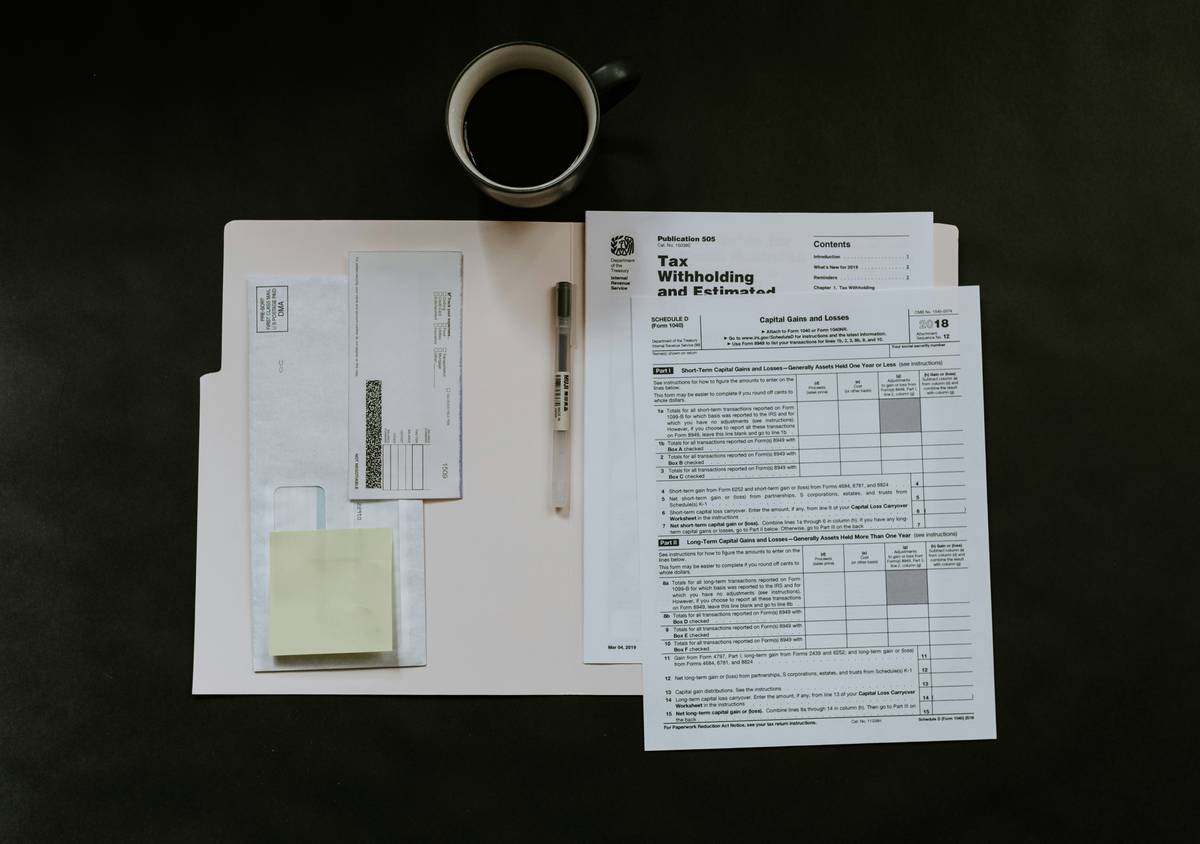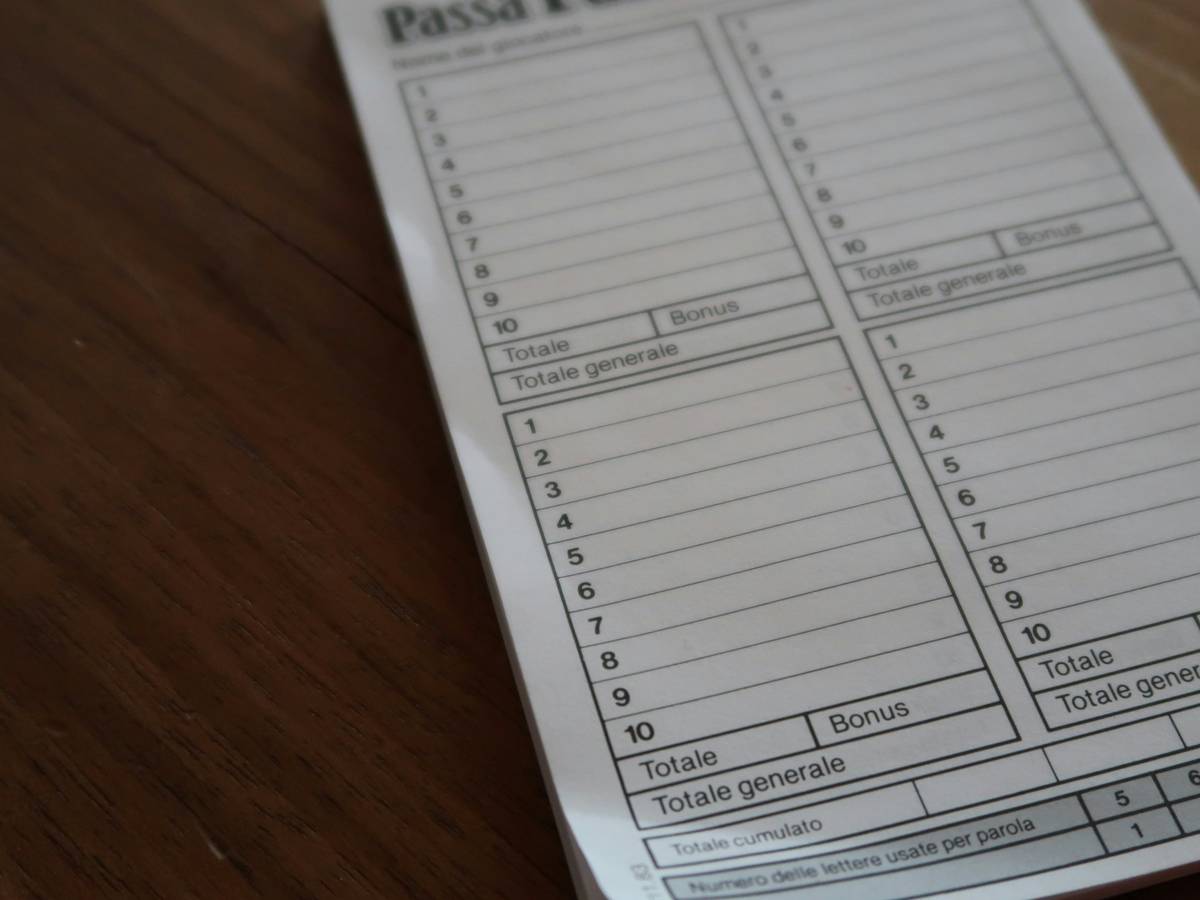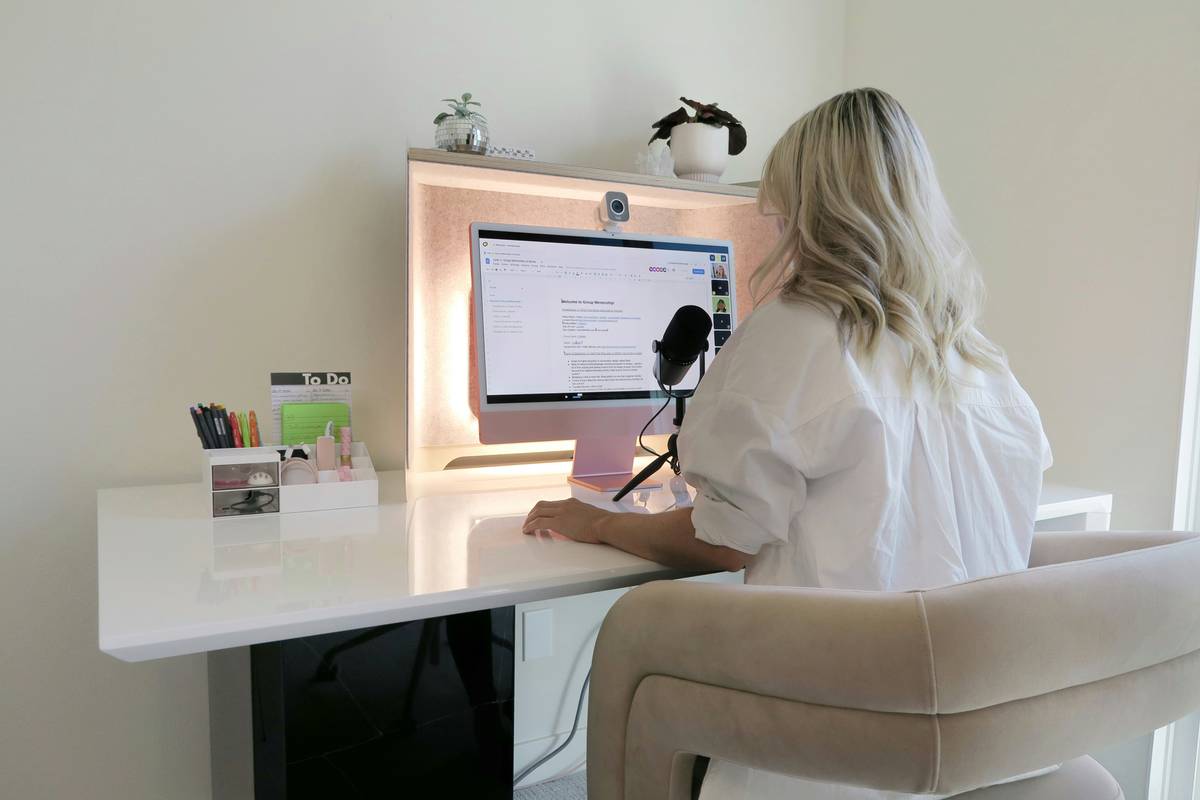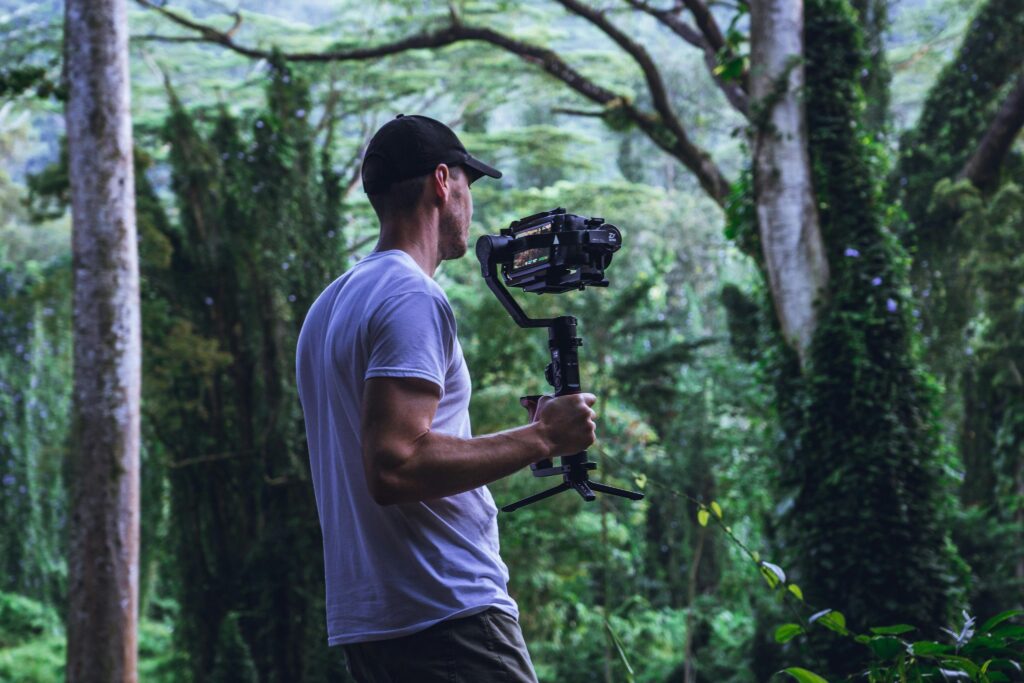“Ever spent $5,000 on cameras and lenses only to panic when they got knocked over at a shoot? Yeah, us too.”
If you’re knee-deep in the world of content creation—whether it’s for social media, YouTube, podcasts, or freelance gigs—you already know how expensive your gear can be. But here’s the harsh truth: accidental drops, spills, theft, and tech meltdowns are inevitable. That’s where a solid media equipment plan comes into play.
In this post, we’ll break down:
- What makes a “media equipment plan” essential for modern creators
- A step-by-step guide to building yours
- Tips to avoid rookie mistakes (like underinsuring your favorite lens)
- Real-world examples from pros who didn’t—and those who did have coverage
Table of Contents
- Key Takeaways
- Why Every Creator Needs a Media Equipment Plan
- How to Build Your Media Equipment Plan Step by Step
- Top Tips for Maximizing Coverage Without Overpaying
- Case Studies: What Happened When Creators Skipped Insurance
- FAQs About Media Equipment Plans
Key Takeaways
- A media equipment plan protects your gear against theft, damage, and unexpected malfunctions.
- Customizing your policy ensures you don’t overpay or leave critical items uncovered.
- Skipping insurance isn’t just risky—it could cost you thousands in repairs or replacements.
- Premium providers often offer perks like expedited claims and global coverage.
Why Every Creator Needs a Media Equipment Plan
Let’s talk about Sarah, a full-time YouTuber whose DSLR fell victim to an overly enthusiastic cat. The result? A shattered screen and nonfunctional autofocus. Total repair costs: $800. And guess what she didn’t have? Insurance. Sound familiar?

Reality Check: Most standard home insurance policies won’t cover professional-grade gear—or even hobbyist setups—if they’re used commercially. And let’s not kid ourselves; dropping your phone in water feels bad enough. Imagine losing that $3,000 drone because someone walked off with it mid-shoot.
So why does having a dedicated media equipment plan matter so much?
- Peace of Mind: Instead of crying over spilled coffee on your laptop, file a claim and replace it.
- Client Expectations: Clients expect reliability. Losing access to your tools means missed deadlines—and lost income.
- New Revenue Streams: With insured gear, you can confidently explore side hustles like renting out your equipment or traveling for shoots.
Storytime Confession: Early in my career, I lent a friend an external hard drive filled with client work… which promptly disappeared. No backup, no insurance. Lesson learned. 🙃
How to Build Your Media Equipment Plan Step by Step
Optimist You: “This is going to be easy!”
Grumpy You: “Not without caffeine.”
Fair warning: shopping for insurance isn’t glamorous, but neither is replacing stolen lighting rigs out of pocket. Let’s dive into the process:
Step 1: Inventory Everything
Create a detailed list of all your media equipment. This includes everything from tripods to microphones. Don’t forget cables, batteries, and accessories—they add up fast!
Pro Tip: Snap photos or videos of each item as proof of ownership. Store these files in cloud storage like Google Drive or Dropbox.
Step 2: Research Policies Tailored for Media Professionals
Look for insurers specializing in creative industries. Popular options include:
- Hiscox
- Freelancers Union
- Next Insurance
These companies understand the unique risks creatives face, offering flexible coverage tailored to photographers, videographers, podcasters, etc.
Step 3: Customize Your Policy
Ask yourself:
- Do you travel internationally? Ensure worldwide coverage.
- Do clients require liability insurance? Add business liability protection.
- Is there high-value equipment needing separate riders? List them individually.
Step 4: Compare Quotes and Negotiate
Different insurers quote wildly varying rates. Shop around, compare offerings, and negotiate discounts if bundling multiple policies.

Top Tips for Maximizing Coverage Without Overpaying
DO:
- Review your policy annually to ensure it reflects current gear values.
- Choose higher deductibles to lower monthly premiums—but only if you can afford the upfront cost.
- Bundle policies (e.g., health + media equipment) for savings.
DON’T:
- Ignore exclusions. For instance, most basic plans exclude flood damage unless added.
- Lie on your application. If caught, denied claims will haunt you later.
Case Studies: What Happened When Creators Skipped Insurance
Example #1: The Uninsured Vlogger
Meet Jake, a vlogger who refused to budget for insurance. During a road trip, his car was burglarized overnight. Gone were his Sony Alpha camera, lenses, and audio recorder—worth $7,000 total. Out-of-pocket expenses? Yup, all his.
Example #2: The Prepared Podcaster
Meanwhile, Emily invested in a robust media equipment plan. When her laptop crashed days before a major sponsorship deadline, she filed a claim and had a replacement within 48 hours. Her take? “Insurance saved my career.”
FAQs About Media Equipment Plans
Q: Can I insure second-hand gear?
Yes, but provide purchase receipts or appraisals to validate its value.
Q: Do I need insurance if I rent instead of own?
Renter policies exist specifically for borrowed equipment. Always check terms before renting anything expensive.
Q: How long do claims take to process?
Most reputable insurers handle claims within 1–2 weeks. Some prioritize urgent cases.
Conclusion
Your media equipment is more than just gadgets—it’s your livelihood. By investing in a thorough media equipment plan, you’re not just safeguarding assets; you’re future-proofing your career.
Ready to get started? Grab that inventory list and start comparing quotes today. Because while accidents happen, regret doesn’t have to.
And remember:
Lights flicker, cameras crash, Insurance saves your wallet stash. (Think Tamagotchi vibes—daily care wins!)


